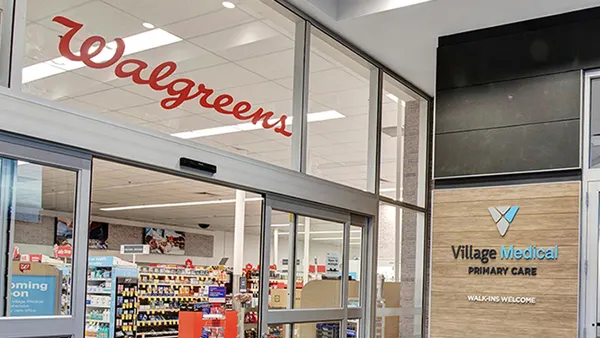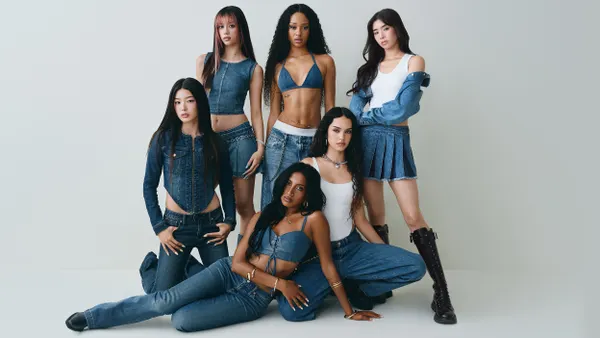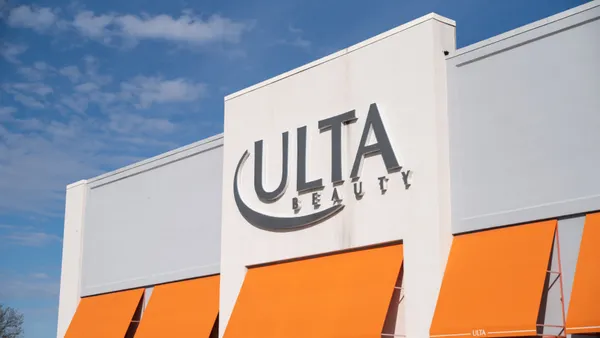Dive Brief:
-
Inditex, the Spanish fast-fashion conglomerate, began selling its teen-focused Pull & Bear apparel brand in its 34th online market — the U.S. — beginning Tuesday, the company said in an email to Retail Dive.
-
As of October 2018, the company operated 970 Pull & Bear stores, down from 986 the year prior. It's not clear from its release whether a store is planned for the U.S., and the retailer declined to comment to Bloomberg on that.
-
Pull & Bear is also rolling out limited-edition "Stranger Things" T-shirts ahead of the hit Netflix show's third season, which debuts this summer, Bloomberg reports.
Dive Insight:
With 94 stores, Inditex already has a formidable presence in the U.S. through Zara. But the apparel giant is on a mission to be one of the first fully global apparel brands. Last fall, it committed to an ambitious plan to sell online in all countries by 2020. Inditex made its first steps toward that goal in November when it expanded online sales to an additional 106 countries, including Indonesia, the Caribbean and parts of Africa, including Angola, the Ivory Coast, Senegal and Ghana.
Last year, the company opened stores in 51 markets, although its overall fleet has retreated over the last year. Inditex operated a total of 7,442 stores in October, down from 7,504 the year prior, according to its most recent quarterly report. A pullback from stores while investing in the digital business is a model familiar to many big-box retailers still working to curb the store overexpansion of previous decades.
While it's too early to tell whether the initiative is paying off yet, overall sales have been healthy. The company doesn't break out sales for its individual brands, which include Zara, Massimo Dutti and Bershka, among others. But, net sales between February and October 2018 rose 3% to reach €18.4 billion and sales in local currencies grew 7%.
In the U.S., Inditex's Pull & Bear brand will rival the likes of teen mall chains like Hollister, Abercrombie, Brandy Melville and Forever 21. These specialty apparel retailers have begun to recover over the last few years after struggling to drive foot traffic and engage with the shopping behaviors native to Gen Z.












